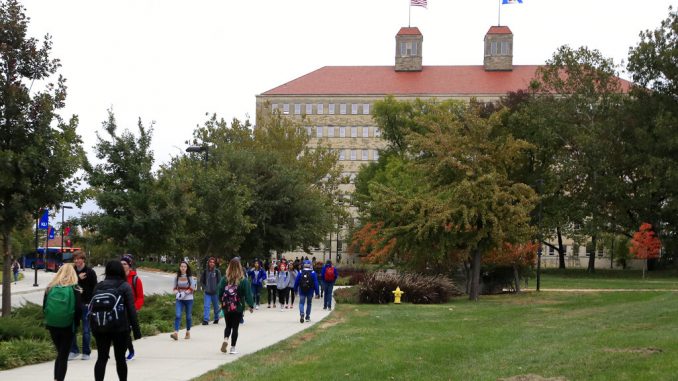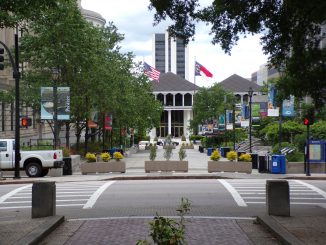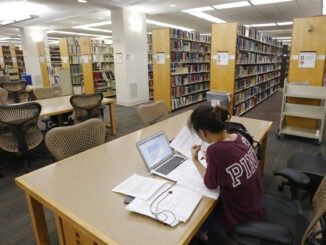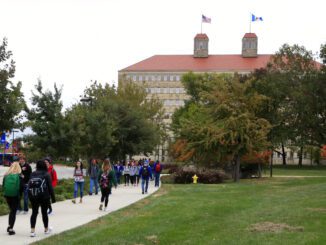
You don’t have to make another federal student loan payment in 2020. Now is the time, though, to decide what to do before your bill arrives in January 2021.
Federal student loan borrowers were already in an automatic interest-free pause on payments as part of the original coronavirus relief bill, known as the CARES Act. This pause was expected to expire Sept. 30, but an extension of the forbearance through Dec. 31 was directed in a memorandum signed by President Donald Trump on Aug. 8.
However, it’s uncertain that all the student loan relief measures included in the original CARES Act, such as a pause on collection activities, will also continue.
“The language of the executive order is not clear,” says Betsy Mayotte, president and founder of The Institute of Student Loan Advisors. It’s also possible, she says, that Congress will make additional changes before the current automatic forbearance period ends.
For now, the forbearance extension is to begin Oct. 1 and run through the end of the year, barring any legal challenge. The Department of Education is expected to issue additional guidance in the coming days on the details of the memorandum.
Here’s what the student loan payment relief extension is likely to hold for you, depending on your situation:
YOU HAVE FEDERAL LOANS AND FACE FINANCIAL HARDSHIP
January 2021 is just a few short months away, but it’s enough time to make a change for your loan payments and avoid defaulting on your loans.
“There is no harm or downside in talking to your servicer now,” says Scott Buchanan, executive director of Student Loan Servicing Alliance, the trade association of student loan servicers. “You want to be well-prepared for whenever this does expire.”
If you know you’ll have difficulty repaying the debt, contact your servicer now about enrolling in an income-driven repayment, or IDR plan — it caps payments at a portion of your income and extends the repayment term. If you don’t have a job, your payment could be zero. If you’re already enrolled in IDR, make sure to recertify your income if it has changed.
YOU CAN STILL MAKE PAYMENTS ON YOUR FEDERAL LOANS
If your finances haven’t been affected by the economic downturn, you can use this time to prioritize financial goals.
Consider making payments toward your principal on your federal loans to lower your overall debt. Since your loans are on automatic forbearance, you’ll need to contact your servicer to do so.
Alternately, you can make a dent in other financial goals, such as paying down credit card debt or padding your emergency fund.
YOUR FEDERAL LOANS ARE IN DEFAULT OR REHABILITATION
All collection activities on federal student loans are suspended through Sept. 30, such as wage garnishment and collection calls. However, experts say, the new memorandum doesn’t specifically indicate that collections would be suspended through the end of the year.
Similarly, if you’re currently rehabilitating defaulted student loans, the original six months of nonpayment counted toward the nine needed to complete the process. But the memorandum doesn’t specify this would continue under the forbearance extension. Contact your servicer for more information.
YOU’RE PURSUING PUBLIC SERVICE LOAN FORGIVENESS
Federal student loan borrowers pursuing Public Service Loan Forgiveness don’t need to make payments until Sept. 30. Those months of nonpayment still count toward the 120 payments needed to qualify for PSLF as long as you’re still working full time for an eligible employer.
However, there is no indication yet that the new memorandum applies to borrowers pursuing PSLF, experts say. Contact your servicer to find out if the additional months of forbearance would count toward PSLF. If not, consider making payments during this time to keep on track.
YOU RECENTLY GRADUATED FROM COLLEGE
If you were expecting to start making payments on your loan within the period of extended forbearance, your first payment won’t be due until January. Usually, interest accrues during a grace period, but if your six-month grace period overlaps with the administrative forbearance period, interest won’t grow.
Use this time to find out who your servicer is and what your first bill will look like.
If you think you can’t make your minimum payment come January, you can apply for an income-driven repayment plan to cap payments at a portion of your income (it could be zero if you don’t have a job). Apply for income-driven repayment at least two months before repayment starts.
YOU’RE TAKING TIME OFF FROM SCHOOL
Federal loans typically have a grace period of six months after you leave school. If you have student loans and last attended school in the spring, your payments would start to come due this fall. The extended forbearance period would delay your first payment until January.
When you resume classes, you can defer payments until you finish school as long as you are enrolled at least half time. But student loans get only one grace period; you won’t have another after you graduate or leave school again.
YOU HAVE PRIVATE STUDENT LOANS
Your lender may offer private student loan relief in the form of a payment pause or reduced payments. While a number of lenders structured relief plans to end Sept. 30, many are open to an extension or additional relief.
Contact your lender to ask about additional deferments or payment reductions. You can also apply for existing loan modification programs for financial hardship. These will vary from lender to lender — but interest will continue to accrue, unlike with federal loans.
You’ll likely have to apply for private loan relief individually since most lenders aren’t making payment pauses or loan modifications automatic, Mayotte says.
YOU HAVE NON-GOVERNMENT OWNED FFEL LOANS OR PERKINS LOANS
Student loan borrowers with the Federal Family Education Loan (FFEL) Program or Federal Perkins loans not owned by the Education Department don’t have access to the automatic forbearance.
To take advantage of the forbearance, you’ll need to combine your loans into a federal direct consolidation loan. Consolidating loans will cause any unpaid interest to capitalize, or be added to the principal balance. Contact your loan servicer to determine how consolidation will affect the total repayment amount, interest rate and loan balance.



